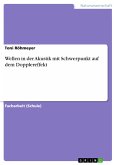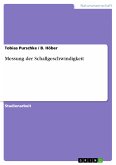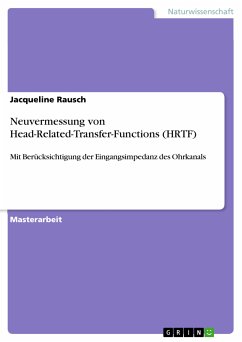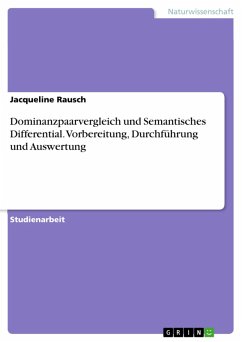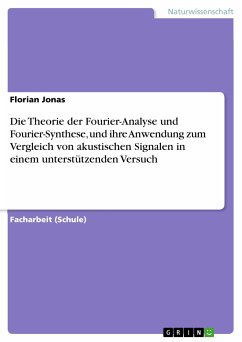Project Report from the year 2013 in the subject Physics - Acoustics, grade: Alpha, University of Cambridge (Department of Physics), course: Natural Sciences Tripos Part IB, language: English, abstract: In order to test non-linearity, the effects of different transfer functions of an AD633 multiplier in a given electrical circuit were investigated and compared with the theoretical expectations. First of all, the phenomenon of frequency doubling was found to occur when squaring the input voltage. Secondly, the multiplier was reconfigured to give a square-root response. This allowed us to vary the degree of non-linearity by choosing the parameters of input voltage and DC offset such that we could determine which terms in the Taylor expansion of the transfer function were relevant and hence to what degree the circuit behaved non-linearly. For a small, sinusoidal variation about a large DC level, the system was found to be weakly non-linear. For high amplitude and a low DV offset we observed strong non-linearity. Compared to weak non-linearity, we were able to detect the third harmonic as well as the first and the second one. The existence of harmonics was investigated on the PicoScope screen and verified by plotting output amplitude (dBV) versus input amplitude (dBV) and finding the gradient of the slope corresponding to the respective harmonic. Finally, frequency mixing was explored in its broader context by investigating amplitude modulation and demodulation on the same circuit board.



